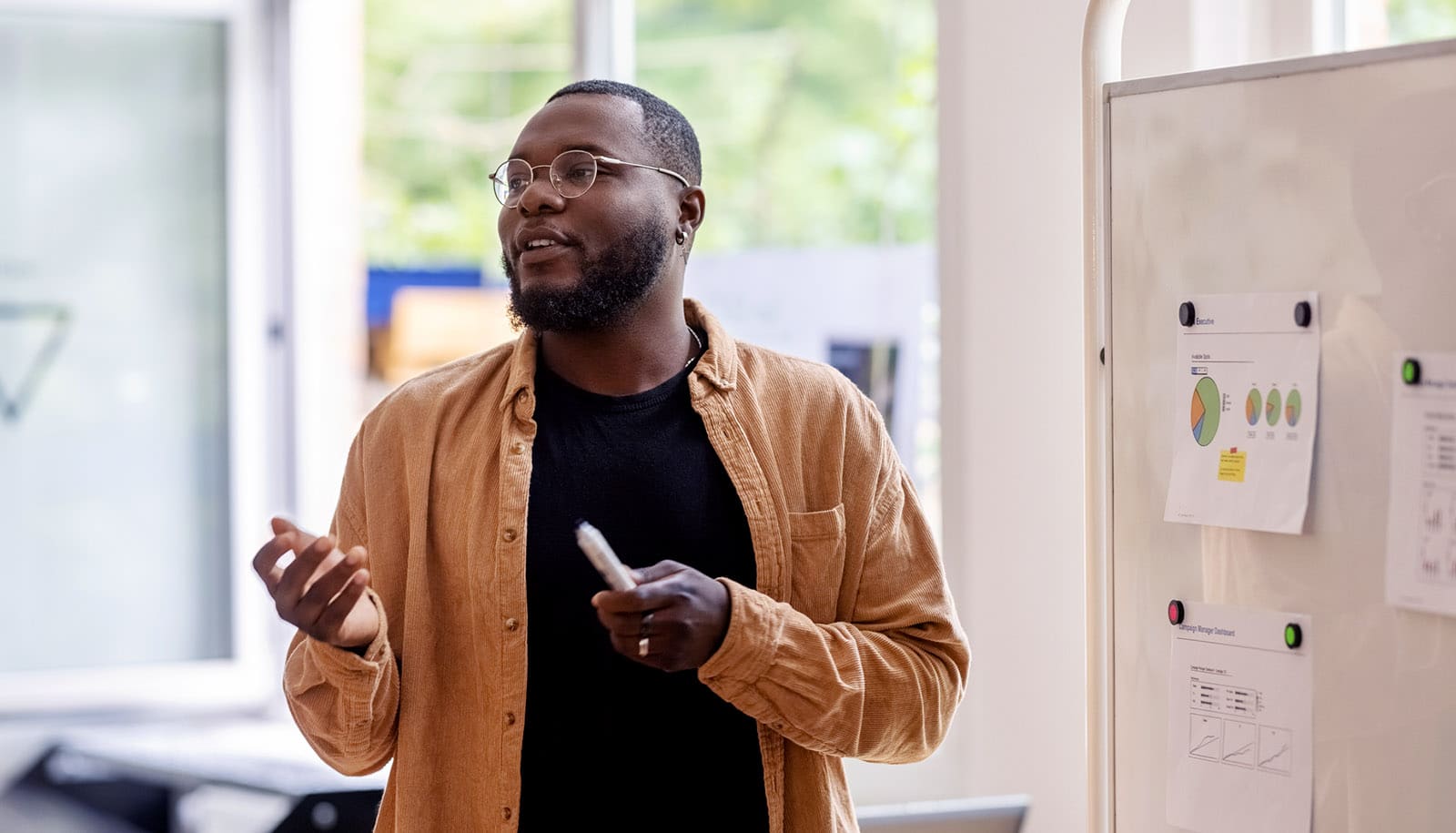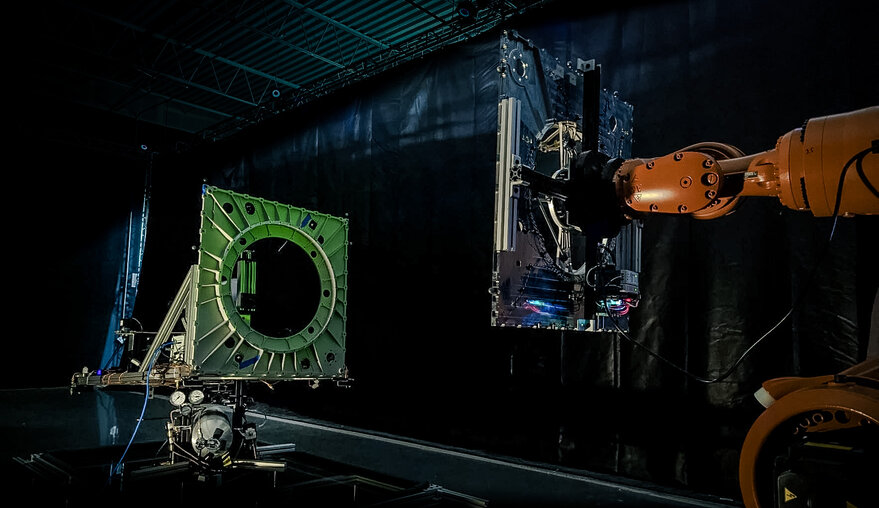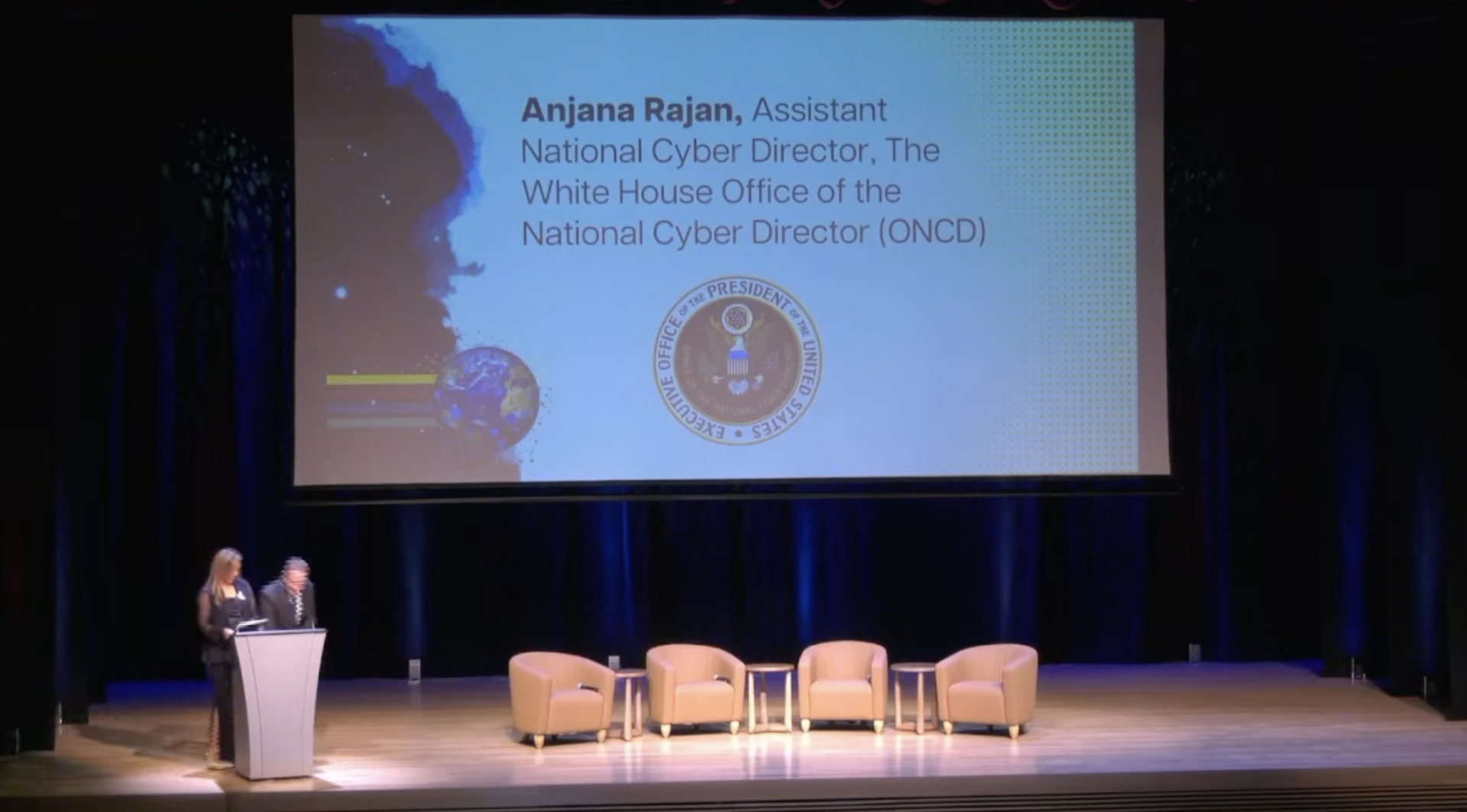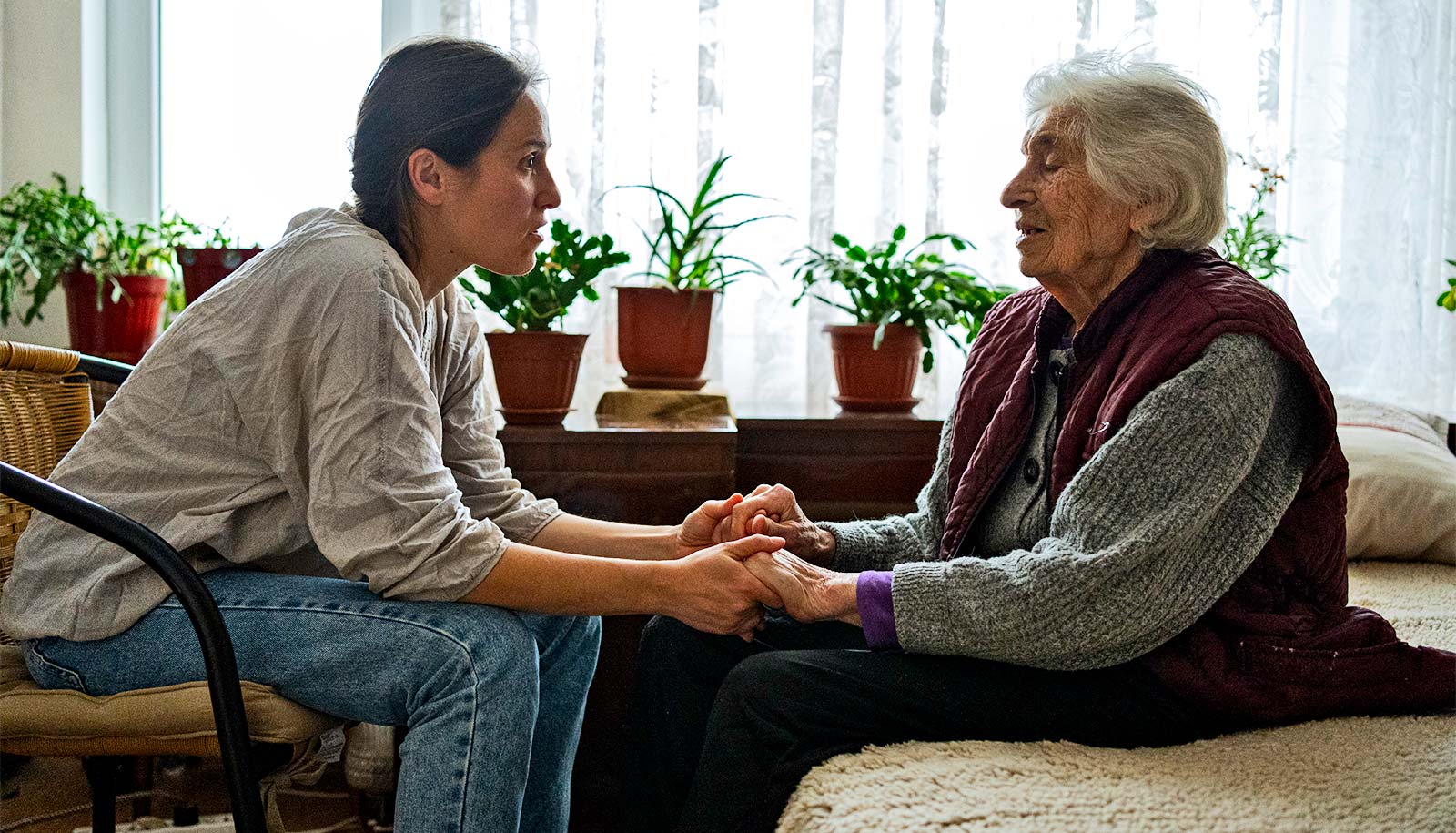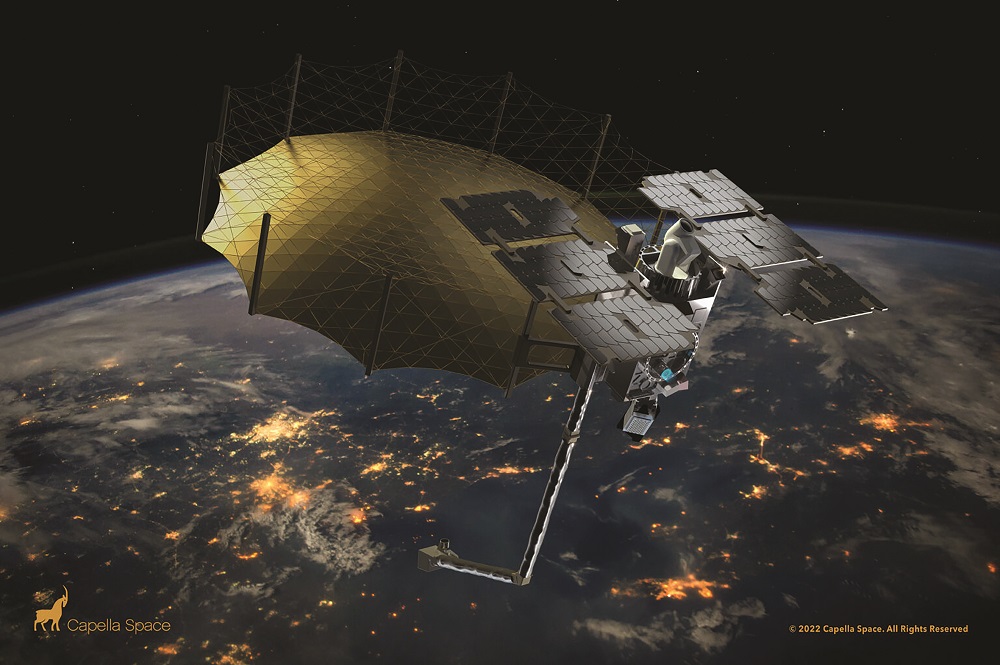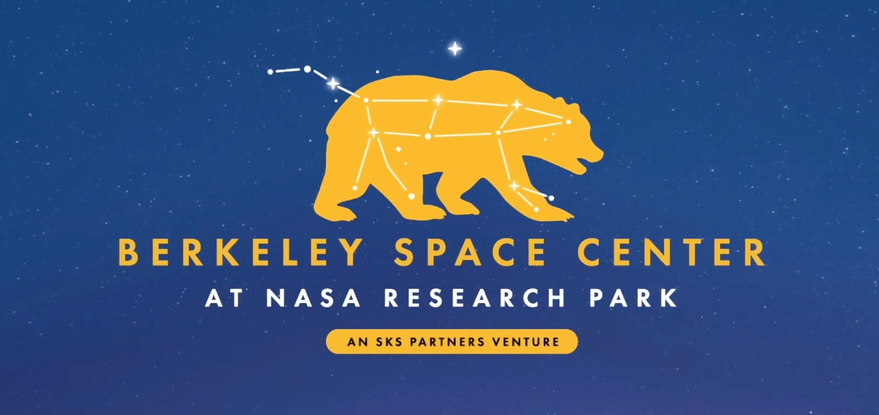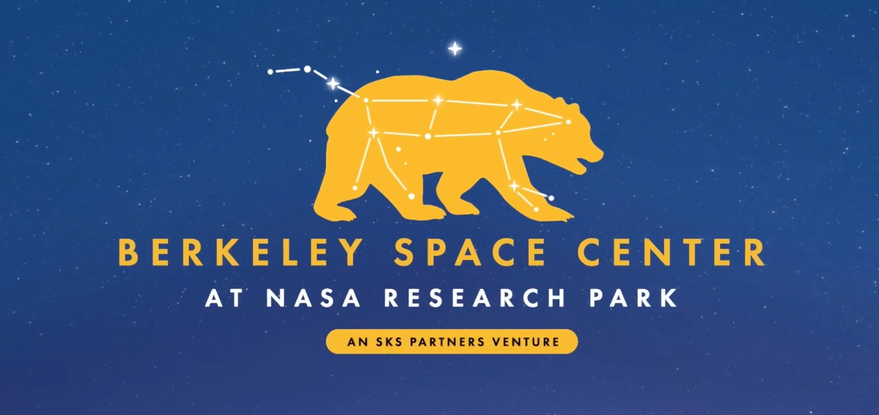Share this
Article
You are free to share this article under the Attribution 4.0 International license.
A new study shows just how much damage dementia does to a person’s bank account—as well as the higher demands it places on their family members.
In all, people diagnosed with dementia saw their out-of-pocket spending for health care more than double, and their net worth decline by more than 60%, within the first eight years of being diagnosed, the study finds.
Meanwhile, other people of similar ages and in similar health, but without dementia, didn’t see much change in either financial measure in that time, according to the findings in JAMA Internal Medicine.
The study also reveals major differences in demand on family members. By the end of their second year after the onset of symptoms, people with dementia needed three times more hours of care from family and friends than their peers without dementia did.
People with dementia also entered nursing homes at nearly five times the rate of their peers in those first two years. Those who had less family support available were much more likely to enter a nursing home.
People with dementia were also much more likely than their peers to use paid in-home care, which is often not fully covered by Medicare.
Another sign of financial distress: enrollment in Medicaid, the safety-net health care program for people living in poverty, nearly doubled for people with dementia in the first eight years after diagnosis. The rate of enrollment stayed flat for their peers.
‘Striking and persistent’ dementia toll
For the new analysis, researchers used data from the Health and Retirement Study, a long-term in-depth study based on interviews and health exams—to reveal trends that previous studies using Medicare data alone could not.
The researchers analyzed data from nearly 2,400 adults who had the onset of dementia, and an equal number of older adults who were carefully matched based on extensive socioeconomic characteristics, health, and health care status. They looked at data for both groups from before the dementia onset, all the way to eight years after the diagnosis. HRS is based at the University of Michigan’s Institute for Social Research.
“The differences between these two groups, both in terms of use of care and financial impacts, were even larger than we had expected,” says HwaJung Choi, a health economist and research associate professor in the University of Michigan Medical School’s internal medicine department.
“What we found regarding unpaid caregiving from family and others is the most striking and persistent care use difference, with 45 hours per month on average for people with dementia, compared with 13 hours for those without, by the end of two years,” says Choi, who is also a faculty associate at ISR. “The difference remains sustained at that level across eight years.”
Providing much needed support for family caregivers is being addressed by two programs taking effect in 2024 from the Centers for Medicare and Medicaid Services: one that will allow clinics to get paid to provide caregiver education, and a pilot program specifically focused on improving support and care coordination for caregivers of people with dementia.
Choi and her colleagues, including Cathleen Connell, a research associate professor and health economist, used an approach called propensity score matching to carefully match each person with dementia with a person whose health and other factors were very similar to theirs. Dementia onset was based on a validated measure using an array of data from the Health and Retirement Study.
This matching process allowed the researchers to see just how substantial the additional financial and health care burden of dementia really is for an individual.
Planning needs
With 6.7 million Americans currently diagnosed with dementia, and an increasing number expected to receive that diagnosis in coming years, Choi says it’s critical to get a realistic picture of these impacts to inform policy decisions at the state and national level, but also for individuals and families to plan.
She notes that the high rate of hours of care provided by family members for people with dementia persisted across the eight years, even as paid home-based care and hospital stays decreased as more individuals were admitted to nursing homes. Choi notes that staff shortages in nursing homes exacerbate the demand on family caregivers.
At baseline, the time before their dementia diagnosis, study participants’ wealth averaged $79,000 when all assets and debts were counted. Overall, the wealth of the peer group without dementia was about the same.
Both groups had annual out-of-pocket spending for medical expenses such as co-pays, deductibles, over-the-counter purchases and home care of about $4,000 at baseline.
By the end of two years, people with dementia saw their average wealth drop to $58,000, and their out-of-pocket costs double to around $8,000. Their peers saw neither of these impacts.
By the end of eight years, people with dementia had spent twice as much as their peers out of their own pockets for health expenses and had seen their wealth drop to an average of $30,500 while their peers saw no significant drop.
“What we’re really seeing here is two very different situations over a relatively short time for very similar families, determined just by a single diagnosis,” says Connell. “It’s a really striking comparison and may be driven largely by the ‘spend down’ of assets by many families in order to qualify for Medicaid coverage of long-term care in a nursing home.”
Keeping people with dementia living in their home or a non-nursing home setting such as assisted living is a key goal of major policy proposals—but means that Medicare, rather than Medicaid, would pay more of the cost.
The availability of family support was a critical factor in moving to nursing home residence, both at baseline and by the end of eight years after dementia onset.
Nearly one in three people with dementia who had no spouse or child at baseline were living in nursing homes by their eighth year after dementia onset.
The rate was nearly as high—about 1 in 4—among those who had a spouse with a disability and a child who lived nearby, and those who had no spouse but had a child who lived nearby.
By comparison, nursing home residence was half as common among those who either lived with a non-disabled spouse when they were first diagnosed, or who had both a spouse and a child living with them, whether or not their spouse had a disability.
Choi plans to continue her work on family dynamics related to dementia, including examining the impact of COVID-era changes in health care and nursing home visitation, as well as the role of family members beyond spouses and adult children, such as grandchildren, siblings, and stepchildren.
The National Institute on Aging funded the work.
Source: University of Michigan

